Nature usually moves slowly, but not always.
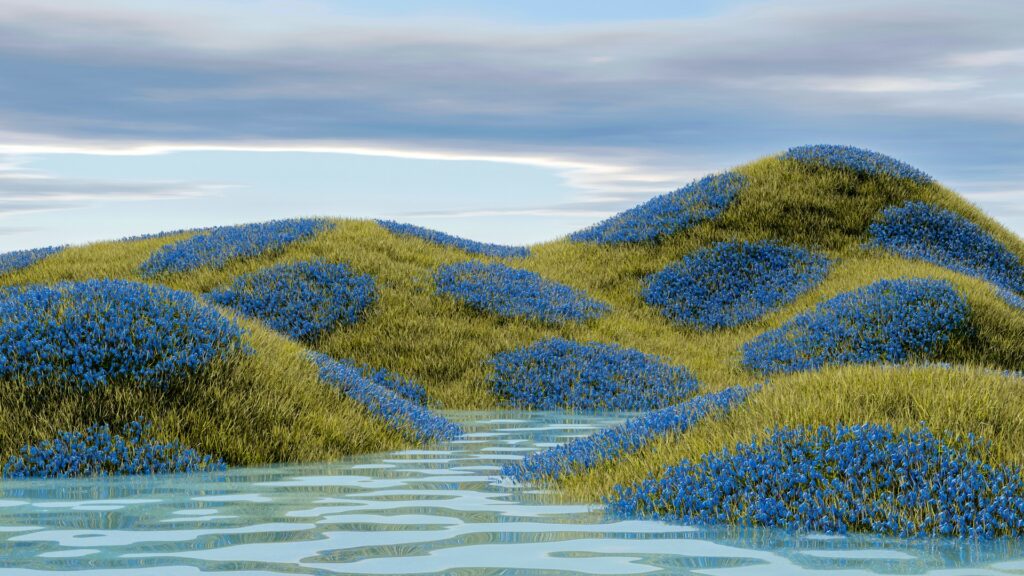
Some ecosystems are surprisingly dramatic, flipping from one state to another in a matter of hours or days. A shift in temperature, rainfall, or light can spark an explosion of life, trigger mass migrations, or wipe out entire habitats in one sweep. Here are 12 fascinating examples of ecosystems that don’t just evolve over time—they transform overnight.
1. Desert blooms after rare rainfall
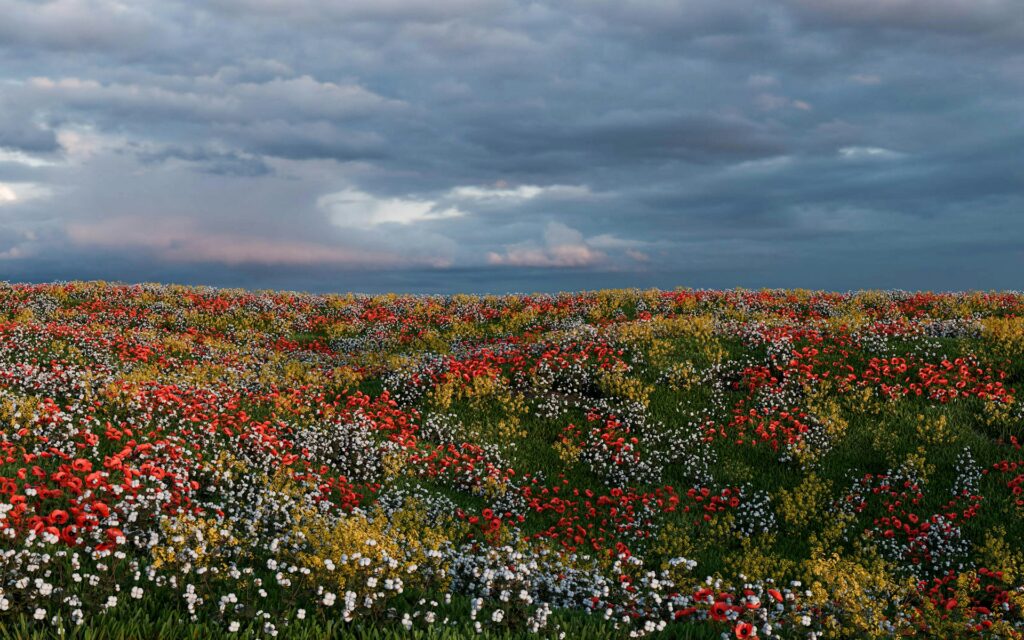
In places like California’s Death Valley or Chile’s Atacama Desert, the landscape can sit dry and lifeless for years. But when the right combination of rain and temperature hits, thousands of wildflower seeds hidden beneath the soil burst into life—literally overnight.
Within hours, colour spreads across what was once cracked earth. Bees and butterflies appear out of nowhere, and entire ecosystems temporarily wake up. It’s brief, breathtaking, and completely dependent on conditions aligning just right.
2. Vernal pools in woodland meadows
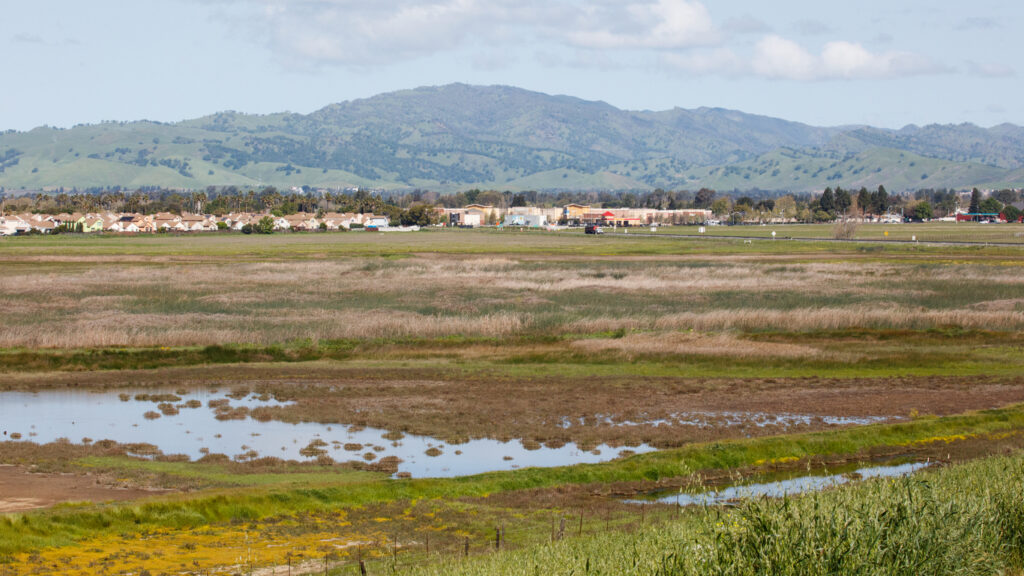
These shallow, temporary pools form in forest clearings after heavy spring rain or melting snow. One day the ground is dry; the next, it’s a bustling wetland filled with frogs, salamanders, and migrating birds taking full advantage of the short-lived water supply. Because they appear and disappear so quickly, these pools support species that are uniquely adapted to live fast and reproduce in tight windows of time—then vanish again until the next cycle.
3. Algal blooms turning lakes toxic
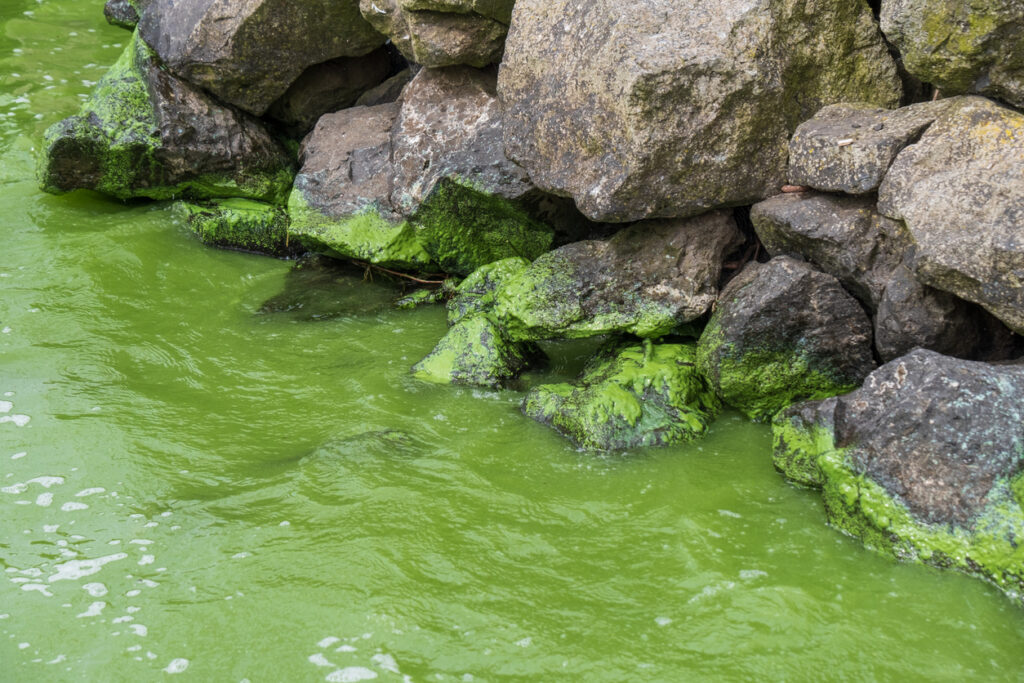
With the right combination of sunlight, heat, and excess nutrients in the water, lakes can turn from clear and calm to neon-green and toxic in less than 24 hours. These algal blooms block oxygen and sunlight, killing fish and altering the ecosystem in a flash. It’s a harsh reminder of how quickly an ecosystem can shift from healthy to hazardous—and how fragile the balance really is. What looks serene one day can be uninhabitable the next.
4. Coral reef bleaching during sudden heatwaves
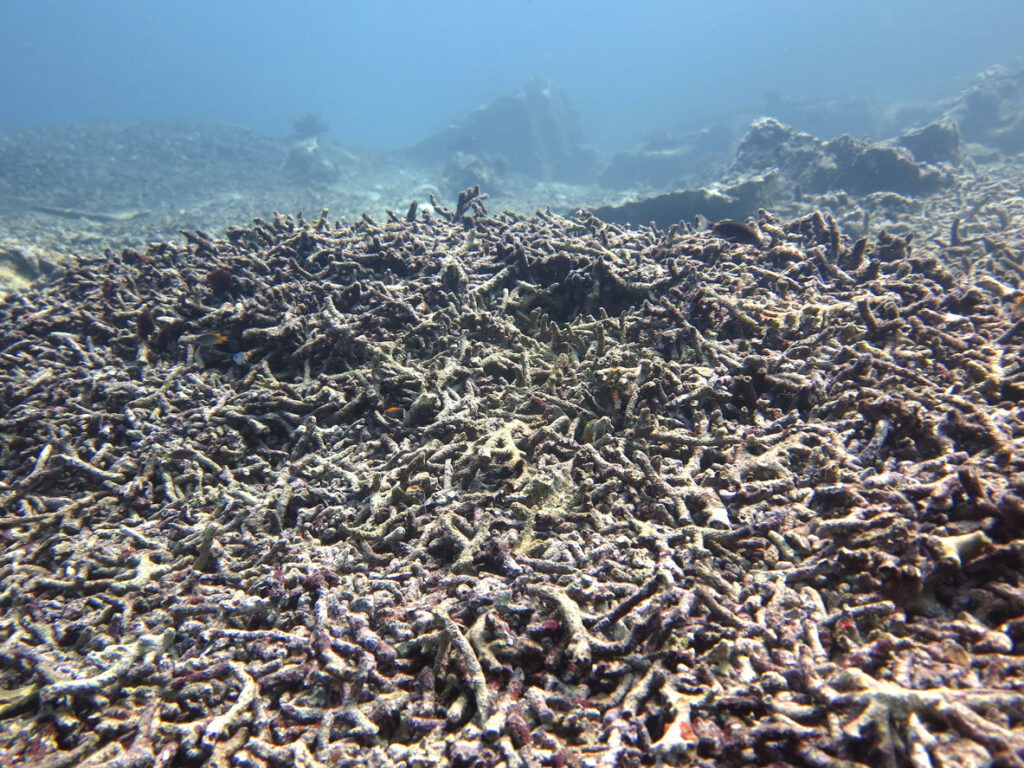
When ocean temperatures spike—even just slightly—coral reefs can expel the algae that feed them and lose all their colour overnight. What was once vibrant and full of life turns pale and ghostly almost instantly. Bleaching doesn’t mean the coral is dead, but it does mean it’s in survival mode. The entire reef’s ecosystem reacts, with fish and invertebrates fleeing or dying off rapidly in response to the sudden collapse of their habitat.
5. Arctic tundra shifting with sudden thaw
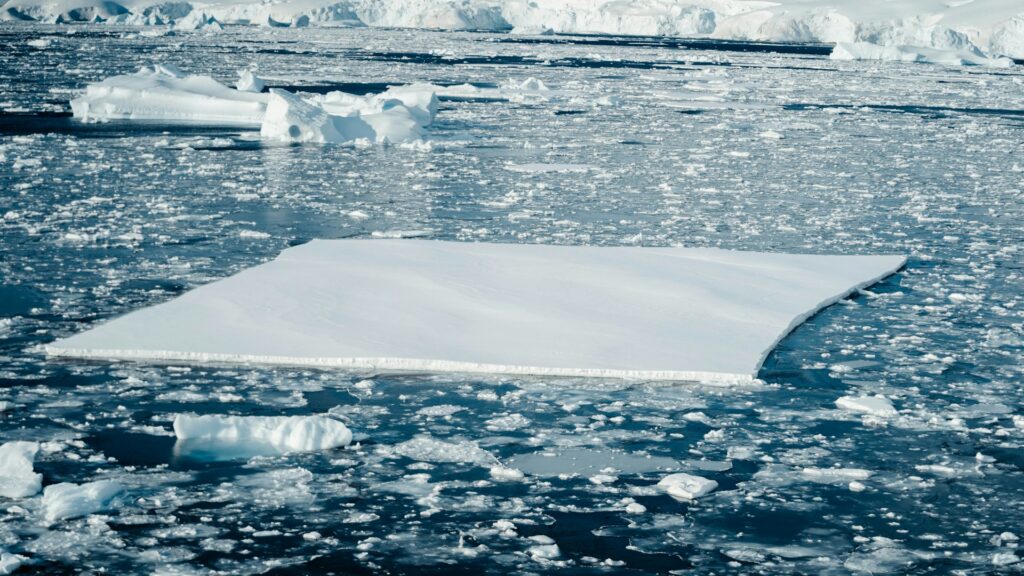
Permafrost—frozen ground that’s been solid for centuries—can thaw rapidly during heatwaves. This sudden melt doesn’t just change the soil—it releases trapped methane, floods low-lying areas, and reshapes the ecosystem in a matter of hours or days. Once-thriving mosses and shrubs can be drowned, and animal migration routes get disrupted. The whole balance of plant and wildlife interactions can flip fast—and the effects ripple out in unexpected ways.
6. Fire-following ecosystems in Australian bushlands
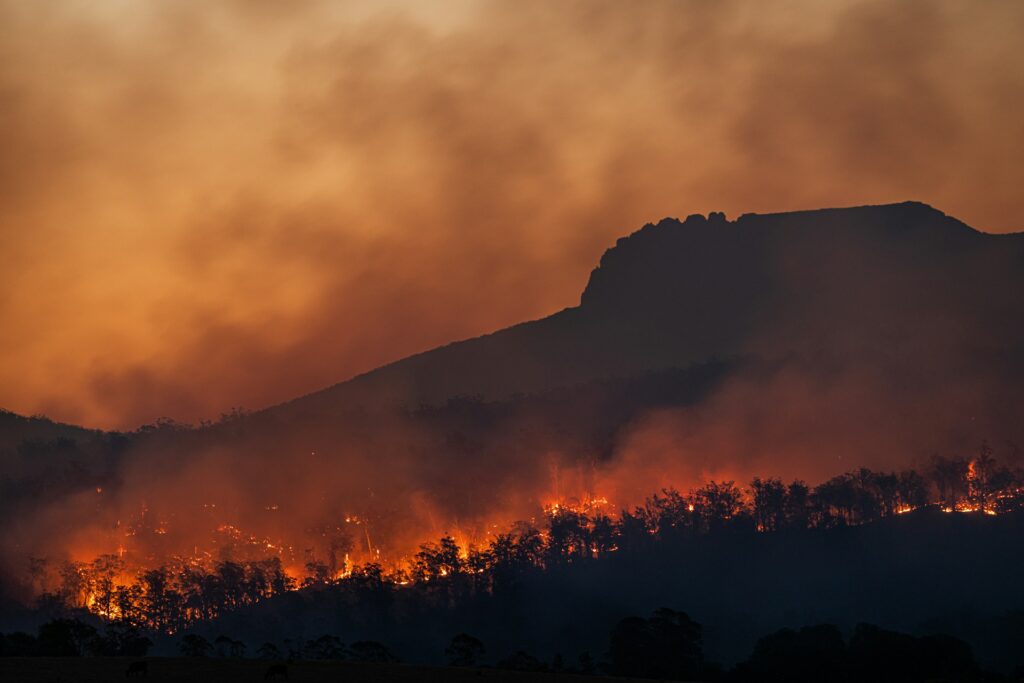
Some parts of Australia are built for fire. When a bushfire tears through, it seems like total destruction—but by the next morning, certain plants are already reacting. Fire-adapted seeds crack open, insects return, and ash-rich soil becomes fertile ground. This renewal process kicks in faster than you’d expect. Within days, new shoots emerge, birds come back, and what looked like a scorched wasteland becomes an active rebirth zone—all because fire is part of the cycle.
7. Mangrove coastlines reacting to tidal shifts
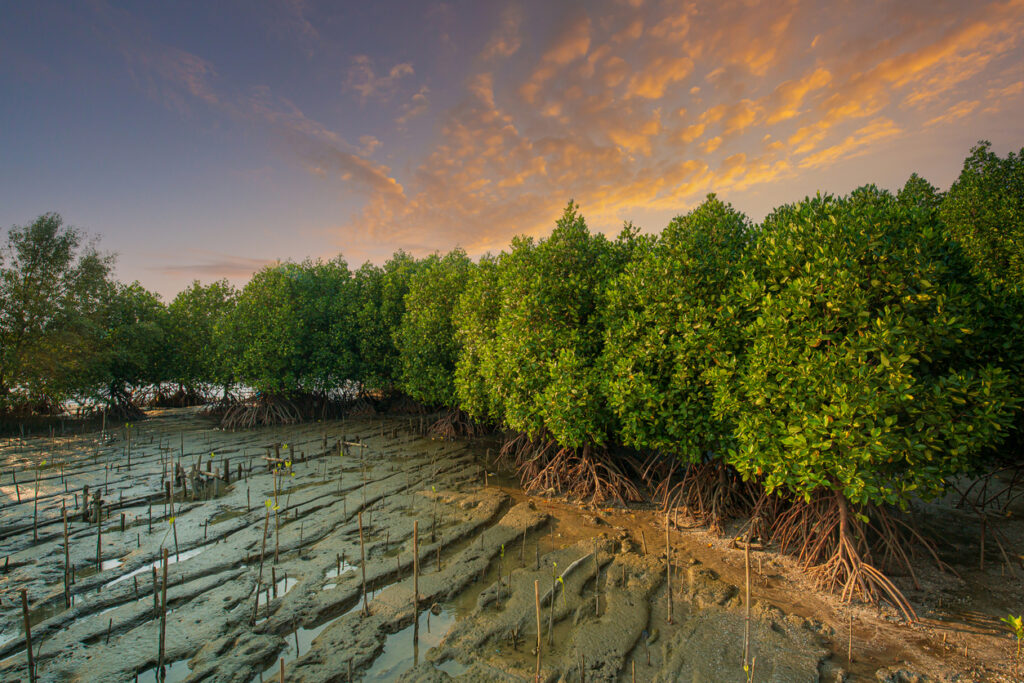
Mangrove ecosystems breathe in rhythm with the tides. During certain seasonal shifts, one high tide can flood miles of land, triggering sudden fish spawning, crab migrations, and shifts in plant behaviour overnight. What was dry, muddy ground during low tide becomes a full aquatic system by morning, complete with new arrivals and foraging predators. The mangroves adapt almost instantly to the changing salinity and oxygen levels.
8. Swarming insect hatches by the millions
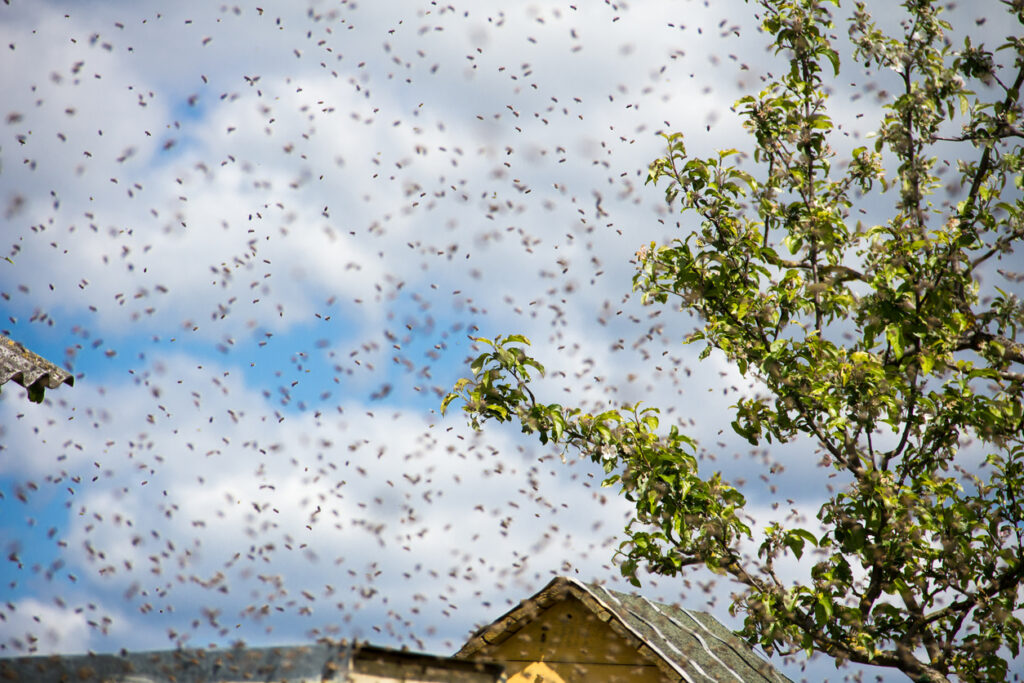
In places like the Mississippi River or Lake Victoria, aquatic insects like mayflies or midges emerge in sudden, overwhelming numbers—often overnight. These swarms blanket trees, buildings, and the surface of the water, feeding birds and fish in an instant population boom.
These hatches are crucial for the ecosystem, creating short-term food bonanzas and oxygenating the water. They look chaotic, but they’re tightly timed and incredibly important. One night of activity can shape the entire ecosystem’s food chain for weeks.
9. Floodplains that come alive after a storm

Some dry, dusty floodplains sit dormant for months. But when heavy rainfall upstream swells rivers, these plains can flood overnight—transforming into lush, shallow wetlands teeming with birdlife, amphibians, and aquatic plants. Birds often arrive within hours, seemingly from nowhere. Fish that were trapped in deeper pools explore new channels. It’s a total shift from drought to abundance—made possible by just a few hours of rising water.
10. Cloud forests and sudden fog shifts
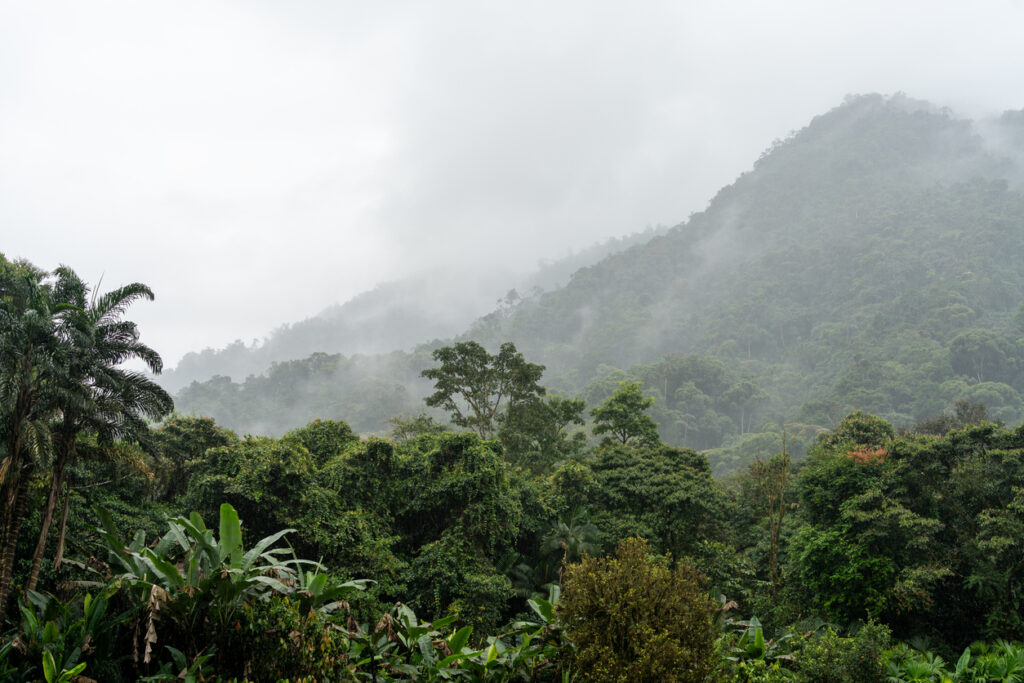
In high-altitude cloud forests, the arrival of dense fog can change everything overnight. The moisture coats every leaf, triggers mosses and epiphytes to absorb water, and wakes up dormant plants and insects waiting for hydration. These fog events create rapid hydration spikes, feeding entire micro-ecosystems that are invisible until the mist rolls in. Within hours, the forest hums with activity that wasn’t there the day before.
11. Grasslands after lightning-triggered wildfires
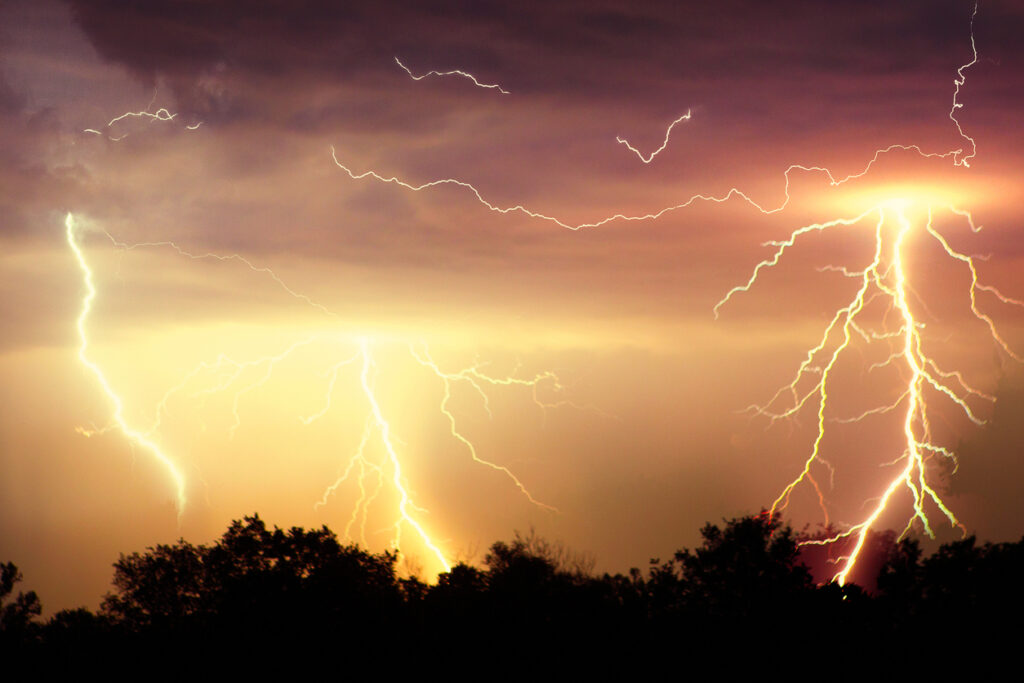
Lightning can set dry grasslands ablaze in minutes, wiping out cover and sending animals fleeing. But the next day, scavengers move in, new sunlight reaches the soil, and fast-growing grasses start sprouting almost immediately. These ecosystems are shockingly resilient. What looks like destruction at dusk can become opportunity by dawn—part of a cycle that resets the landscape and reopens space for growth.
12. Urban green spaces during heavy rain events
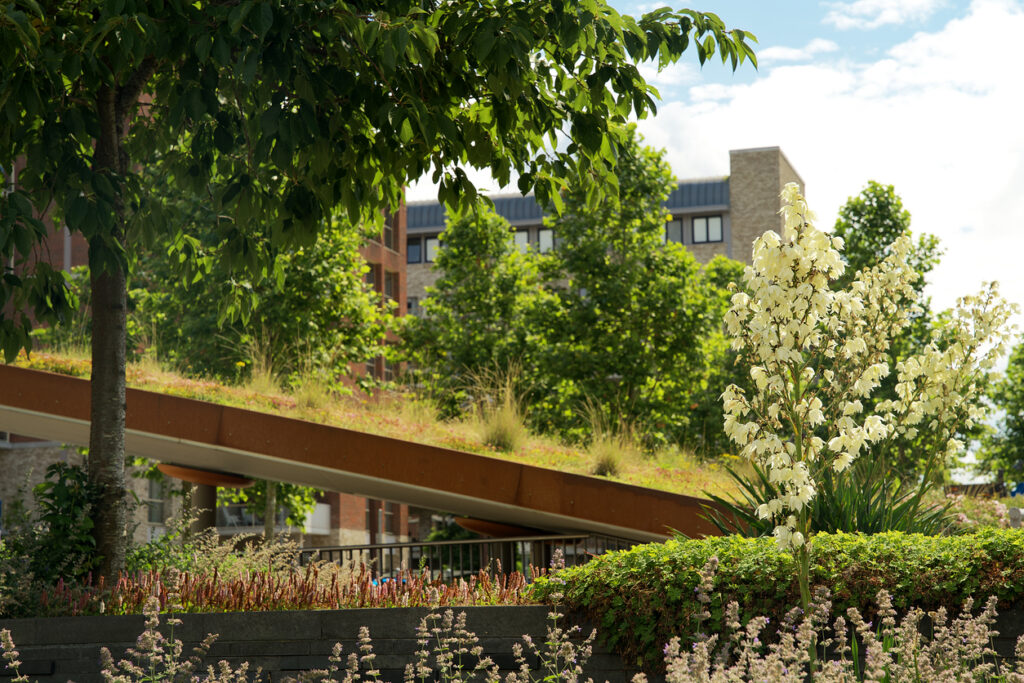
Even city-based ecosystems can shift overnight. After heavy rain, places like rooftop gardens, parks, or stormwater wetlands spring to life. Frogs call, insects hatch, and migrating birds drop in to take advantage of the new water sources. These micro-ecosystems are easy to overlook, but they respond just as dramatically to change. One storm can turn a patch of lawn into a pop-up pond—and that’s enough to rewire the entire ecological vibe of a neighbourhood.